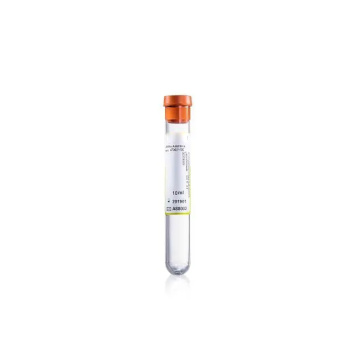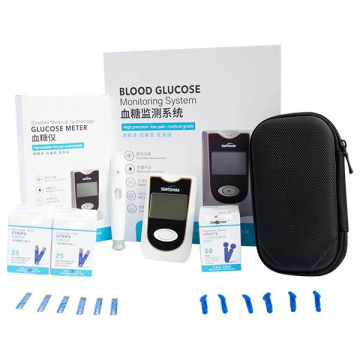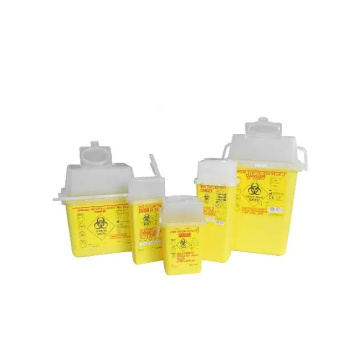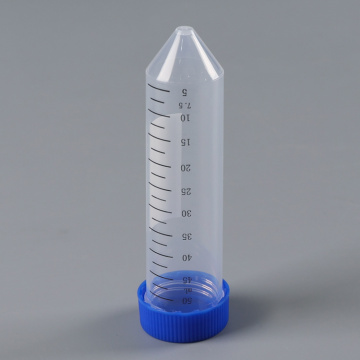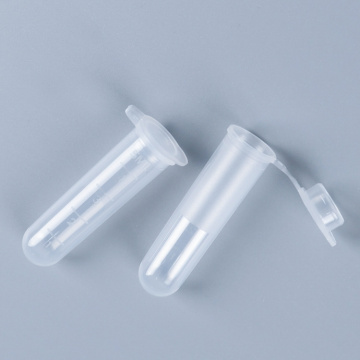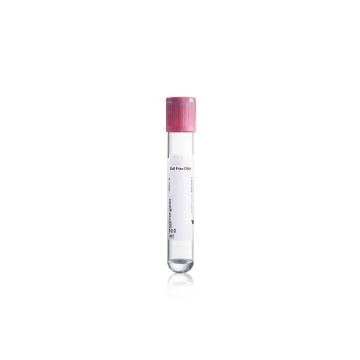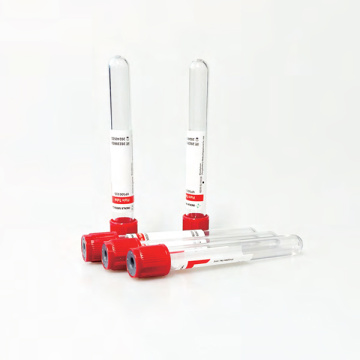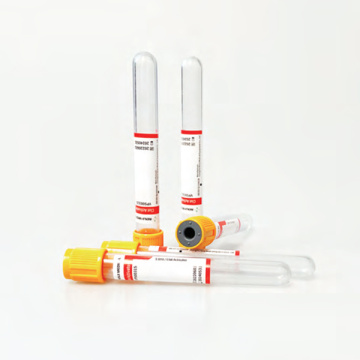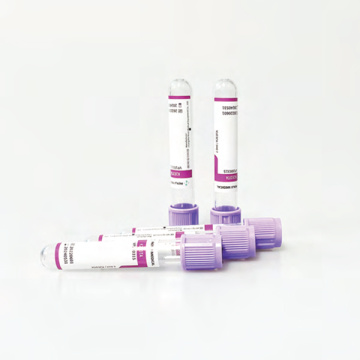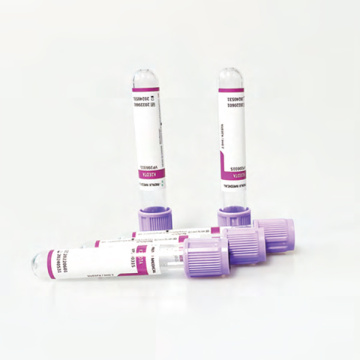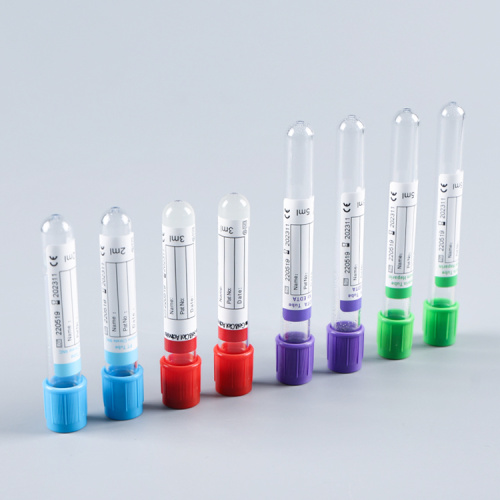
blood test tube labeled
- Min. Order:
- 1 Box
- Min. Order:
- 1 Box
- Transportation:
- Ocean, Land, Air, Express, Others
- Port:
- Shanghai Port
Quantity:
Your message must be between 20 to 2000 characters
Contact NowBasic Info
Basic Info
| Place of Origin: | China |
|---|---|
| Productivity: | 100000pcs/day |
| Supply Ability: | 100000pcs/day |
| Payment Type: | T/T,Paypal |
| Incoterm: | FOB,CFR,CIF,EXW,FCA,CPT,CIP |
| Certificate: | ISO,CE |
| HS Code: | 3926909090 |
| Transportation: | Ocean,Land,Air,Express,Others |
| Port: | Shanghai Port |
Product Description
Product Description
Blood Collection Tube are divided into three types: ordinary tubes, anticoagulation tubes and coagulation tubes. Commonly used anticoagulants are potassium oxalate, sodium oxalate, sodium citrate, EDTA-K2 or EDTA-Na
Different colors of collection tubes for blood contain different reagents, and the corresponding inspection items are also different. The use of different colors facilitates the different preservation requirements of blood specimens for various testing items, and also makes the management of specimen collection and the classification of specimens simpler and more standardized.
color guide blood collection tubes
|
Yellow |
It contains inert separating gel and coagulant, and the prepared specimen is serum. The specific gravity of the inert separating gel is greater than that of serum but less than that of blood clot. After centrifugation, the gel moves to the middle of the blood collection tube to isolate blood clot and serum, which is convenient for direct access to the machine and preservation of specimens, and ensures some sensitivity. The stability of the sensory indicators (such as blood sugar, electrolytes, enzymes, etc.) improves the accuracy of the test results. Yellow head tube is used for clinical biochemical, immune, endocrine, radioimmunoassay, PCR and other testing experiments, and the blood collection volume is 3~10ml |
|
Red |
The prepared specimens were all serum, and the red head tube did not contain separating gel. For clinical biochemical, immune, endocrine, radioimmunity, PCR and other detection experiments. The inner wall is treated to prevent blood cells from attaching to the wall. The blood collection volume is 3-5ml |
| Purple |
It contains EDTA-K2 (K3) anticoagulant, and the prepared specimen is whole blood. For blood routine, blood type identification, cross-matching and other experiments. Inner wall treatment. The blood collection volume is 2ml 5ml. |
| Green |
It contains heparin sodium (potassium lithium) anticoagulant, and the prepared specimens are plasma and whole blood. For plasma biochemical experiments, blood rheology experiments, inner wall treatment. The blood collection volume is 3-5ml. |
| Blue |
Contains 0.105 or 0.129 mol (equivalent to 3.2% or 3.8%) sodium citrate anticoagulant 0.2ml, 0.3ml, and the prepared specimen is plasma. For blood coagulation experiments, detection experiments of coagulation factors. The inner wall is treated to prevent aggregation and adhesion of platelets. in addition (Additive: blood) between (1:7) &; (1:11), that is, after the 1.8ml blue tube blood collection, the additive + blood is 2ml. At this time, if the blood collection volume is 1.6ml (ie 1:7) &; 2.4ml (ie 1:11), it has little effect on the detection results. Quantitative blood collection, the blood collection volume is 1.8ml, 2.7ml |
| Black |
Contains 0.129 mol (equivalent to 3.8%) sodium citrate anticoagulant 0.5ml.0.6ml. The preparation specimen is whole blood. used for Blood cell sedimentation rate experiment. The inner wall is treated to prevent the adhesion of blood cells. In addition (additive: blood)=(1:2.8)&:(1:4.8), that is, the additive + blood is 2ml after 1.6ml black tube blood collection, if the blood collection volume is 1.42ml(1:2.8)&: 2.32m(ie 1:4.8), it has little effect on the detection results. Quantitative blood collection, the blood collection volume is 1.6ml, 2.4ml. |
| Grey |
It contains anticoagulant and sodium fluoride to prevent blood sugar degradation, and the preparation is plasma. For blood sugar, glucose tolerance test. Certainly Blood collection, the blood collection volume is 2-3ml, and the blood is sent for inspection immediately after blood collection |
| Green |
It contains potassium heparin and separating gel, and the prepared specimen is plasma. Use dry fast plasma biochemical experiments, quantitative blood collection, blood collection volume is 3-5ml |
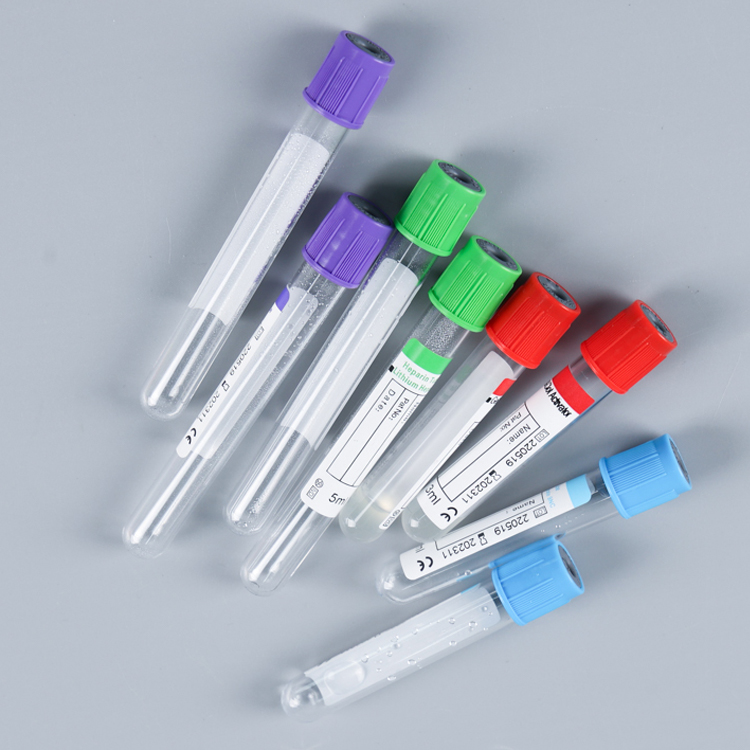

Related Keywords
Related Keywords








